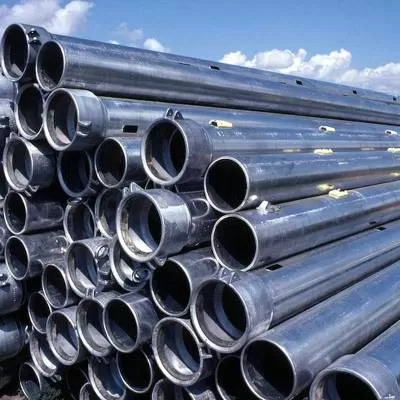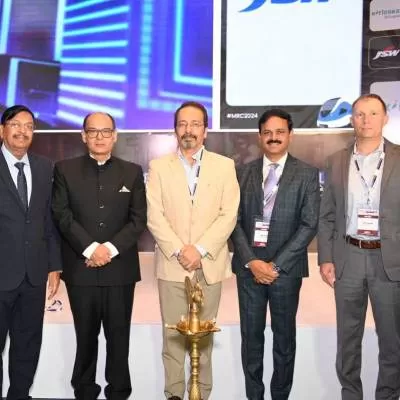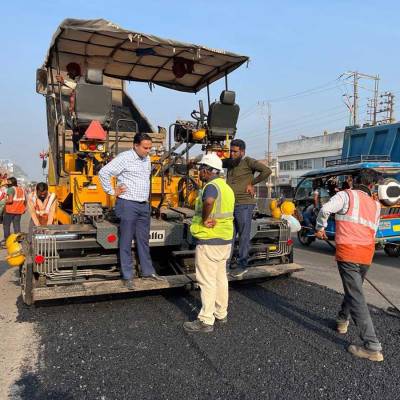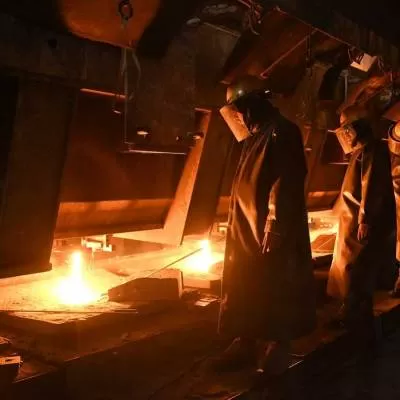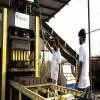- Home
- Building Material
- Steel
- Is India’s Rs 5.7 trillion infrastructure investments at risk?
Is India’s Rs 5.7 trillion infrastructure investments at risk?
The infrastructure sector is highly responsible for propelling India’s overall development and enjoys intense focus from government for initiating policies that would ensure time-bound creation of world-class infrastructure in the country. This year Rs 5.7 trillion has been allocated towards infrastructure in the Union Budget.
For instance, the government is planning to build 50,000 km of roads worth USD 250 billion by 2022, of which Rs 1 trillion will be spend during 2018-20. For ports, government has envisioned a total of 189 port modernisation projects involving an investment of USD 22 billion by the year 2035. Housing seems to be a major opportunity in terms of growth. The Indian real estate market is expected to touch USD 180 billion by 2020. To put it in numbers, only affordable housing is an opportunity worth Rs 6.25 trillion by 2022. There will be a requirement of additional 25 million units by 2022 and considering the Rs 25 lakh average cost of such houses the opportunity is worth Rs 6.25 trillion.
That said use of raw materials in the infrastructure project is paramount, which provides inherent strength to any infrastructure project. However, recent accidents, whether it is Kolkata bridge fall, a foot over bridge collapse and caving-in of a car parking wall in Mumbai indicates that there is a dire need for the better quality raw material to enhance the life of concrete. In fact, these incidents shows lack of technical intelligence in the procurement department which do not pay heed for quality raw material and emphasise more on cost-cutting methods. While a lot has been researched, written and spoken about raw materials, there is hardly any research available on Reinforcement Bars (ReBars) also known as thermo-mechanically-treated (TMT) bars. Rebars form the backbone of any construction, be it the foundation, column, beam or the slab in any RCC structure. The quality of rebars used in any structure is critical to the overall quality of the structure.
One must understand that, considering the average steel intensity of about 10 per cent by value in an RCC construction in India, the total construction industry can be valued at 10 times the valuation of the rebar industry which works out to an astronomical figure of Rs 12 trillion per annum. With such a large construction industry being critically dependent on the quality of steel rebars used, it is therefore imperative that all efforts are made to produce and promote the usage of good quality rebars in India.
CONSTRUCTION WORLD decided to probe further and look into the factors deciding the quality of Rebar what it would eventually be. We realised that it is more important to make a practical analysis rather than a theoretical one. When we started our research preparations with the support of FIRST Construction Council, we analysed few leading players from the primary as well as secondary list of companies. However, we eventually realised the gravity of the subject and decided to undertake the analysis of pan-India based TMT manufacturers.
And as the results are now out, it clearly indicates, how even renowned players spending plenty on advertising have failed to clear basic research test. To become a quality Rebar, all the chemical and physical parameters are to be according to standards. Failure even on a single parameter means we are compromising on our safety standards.
That said, the research is done, and the results are all out in black and white. This and more will be exclusively featured in the November 2018 edition of CONSTRUCTION WORLD. Book your copy now! Call 022-2419 3000 (Subscription Department)
The construction core is being subject to a mockery through the use of inferior quality TMT rebars. CONSTRUCTION WORLD investigates with analysis from FIRST Construction Council… The infrastructure sector is highly responsible for propelling India’s overall development and enjoys intense focus from government for initiating policies that would ensure time-bound creation of world-class infrastructure in the country. This year Rs 5.7 trillion has been allocated towards infrastructure in the Union Budget. For instance, the government is planning to build 50,000 km of roads worth USD 250 billion by 2022, of which Rs 1 trillion will be spend during 2018-20. For ports, government has envisioned a total of 189 port modernisation projects involving an investment of USD 22 billion by the year 2035. Housing seems to be a major opportunity in terms of growth. The Indian real estate market is expected to touch USD 180 billion by 2020. To put it in numbers, only affordable housing is an opportunity worth Rs 6.25 trillion by 2022. There will be a requirement of additional 25 million units by 2022 and considering the Rs 25 lakh average cost of such houses the opportunity is worth Rs 6.25 trillion. That said use of raw materials in the infrastructure project is paramount, which provides inherent strength to any infrastructure project. However, recent accidents, whether it is Kolkata bridge fall, a foot over bridge collapse and caving-in of a car parking wall in Mumbai indicates that there is a dire need for the better quality raw material to enhance the life of concrete. In fact, these incidents shows lack of technical intelligence in the procurement department which do not pay heed for quality raw material and emphasise more on cost-cutting methods. While a lot has been researched, written and spoken about raw materials, there is hardly any research available on Reinforcement Bars (ReBars) also known as thermo-mechanically-treated (TMT) bars. Rebars form the backbone of any construction, be it the foundation, column, beam or the slab in any RCC structure. The quality of rebars used in any structure is critical to the overall quality of the structure. One must understand that, considering the average steel intensity of about 10 per cent by value in an RCC construction in India, the total construction industry can be valued at 10 times the valuation of the rebar industry which works out to an astronomical figure of Rs 12 trillion per annum. With such a large construction industry being critically dependent on the quality of steel rebars used, it is therefore imperative that all efforts are made to produce and promote the usage of good quality rebars in India. CONSTRUCTION WORLD decided to probe further and look into the factors deciding the quality of Rebar what it would eventually be. We realised that it is more important to make a practical analysis rather than a theoretical one. When we started our research preparations with the support of FIRST Construction Council, we analysed few leading players from the primary as well as secondary list of companies. However, we eventually realised the gravity of the subject and decided to undertake the analysis of pan-India based TMT manufacturers. And as the results are now out, it clearly indicates, how even renowned players spending plenty on advertising have failed to clear basic research test. To become a quality Rebar, all the chemical and physical parameters are to be according to standards. Failure even on a single parameter means we are compromising on our safety standards. That said, the research is done, and the results are all out in black and white. This and more will be exclusively featured in the November 2018 edition of CONSTRUCTION WORLD. Book your copy now! Call 022-2419 3000 (Subscription Department)






